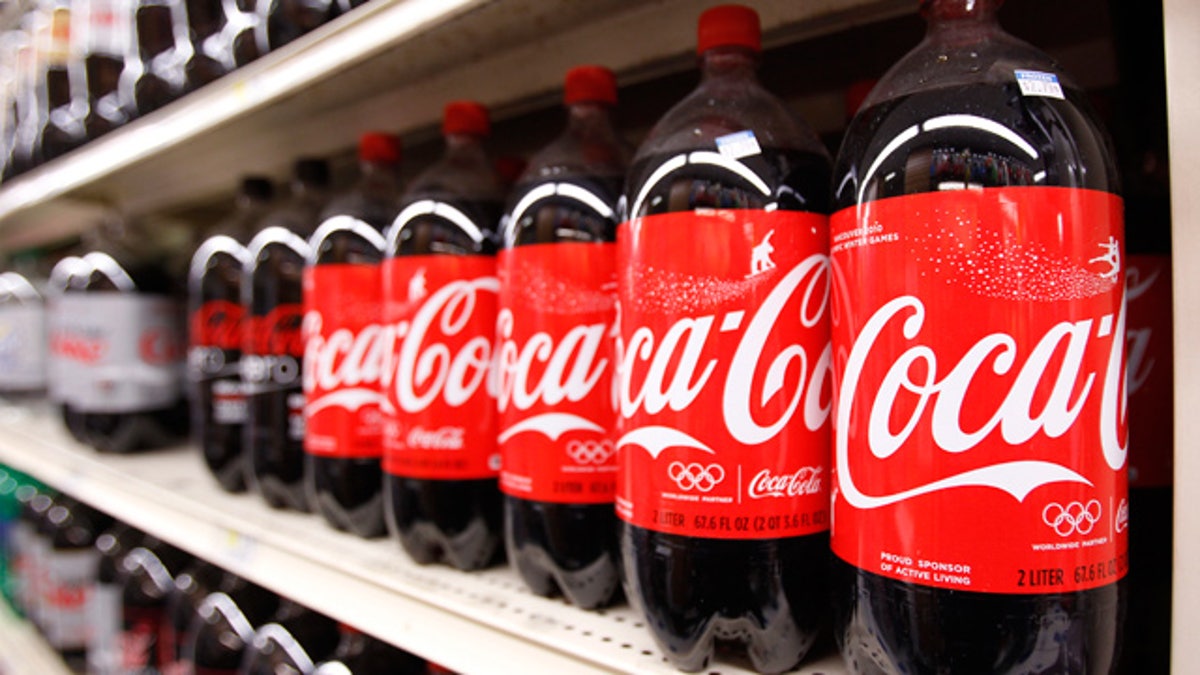
(Reuters)
A new report from a California watchdog group is calling for the U.S. government to disclose how much sugary soda and other unhealthy food is paid for with food stamps at a time when policy makers are searching for ways to contain the spiraling cost of diet-related illness.
It is the latest skirmish in a years-long battle over whether the goal of the federal nutrition-assistance program used by about one in seven Americans should evolve from simply fighting hunger to also encouraging healthier eating habits.
And, it lands on the heels of a proposal by New York City Mayor Michael Bloomberg to ban sales of oversized sugary beverages by restaurants, mobile food carts and movie theaters.
Coca-Cola Co and McDonald's Corp have slammed the proposal, which also has prompted critics to accuse Bloomberg of trying to turn New York City into a nanny state.
Nevertheless, there is growing concern about the social and economic costs of expanding waistlines in the United States - where more than one-third of U.S. adults and nearly one-fifth of U.S. children are obese.
"The federal government should not be fueling America's epidemic of diet-related chronic disease with taxpayer money," said Michele Simon, president of consulting group Eat Drink Politics, which produced the report.
Titled "Food Stamps: Follow the Money," it also calls for the disclosure of redemptions paid to individual retailers, such as Wal-Mart Stores Inc, as well as fees paid to JP Morgan Chase and other banks that have contracts to process the electronic benefits.
High unemployment and a tepid U.S. economic recovery have conspired to boost participation in the Supplemental Nutrition Assistance Program (SNAP), which despite a name change in 2008 is still widely referred to as food stamps.
Spending for the program jumped to $71.8 billion in fiscal 2011 from $30.4 billion in fiscal 2007 due to high unemployment and a weak U.S. economy.
Coke vs. orange juice
"SNAP's tagline is 'putting healthy food within reach.' Without data on how much money is being spent on Coke versus orange juice, or Lucky Charms versus oatmeal, how will we ever evaluate the nutrition goals of the program?" Simon asked.
The U.S. Department of Agriculture, which oversees SNAP at the federal level, found it was not cost effective to capture food data at checkout stands when the program's processing system was set up more than a decade ago, spokesman Bruce Alexander said.
"We are preparing to launch a new feasibility study to see if today's system environment makes this approach more feasible," said Alexander, who added that USDA has several projects underway to capture information on food purchases.
He said other national data sources provide a fairly detailed picture of the purchase and diets of SNAP participants and that the data overall show few differences in the food choices of low-income and high-income Americans.
Last year, USDA officials nixed a plan by Mayor Bloomberg to ban food stamp purchases of sugary drinks in New York City. Proposals from other jurisdictions, which would also limit purchases of candy, cakes and chips with food stamps, have either failed or stalled amid intense lobbying.
Anti-hunger charities and industry associations representing retailers, food and beverage companies and even some fast-food chains warn against limiting food options and say such restrictions threaten to further stigmatize food stamp users.
They also say that harnessing the data on SNAP food purchases is a difficult, expensive and unwieldy task, largely because the food sellers categorize products differently.
"Our focus should be on protecting SNAP from harmful cuts and structural changes and strengthening participation, not adding additional complications to the program," said Maura Daly, a spokeswoman for Feeding America, the nation's largest hunger-relief charity.
Karen Harris, a director at the Sargent Shriver National Center on Poverty Law, disagreed, saying that the data requested would help guarantee that the program's resources are being spent appropriately.
"My guess is that this information will show that healthy food resources are scarce in many areas," Harris said.
